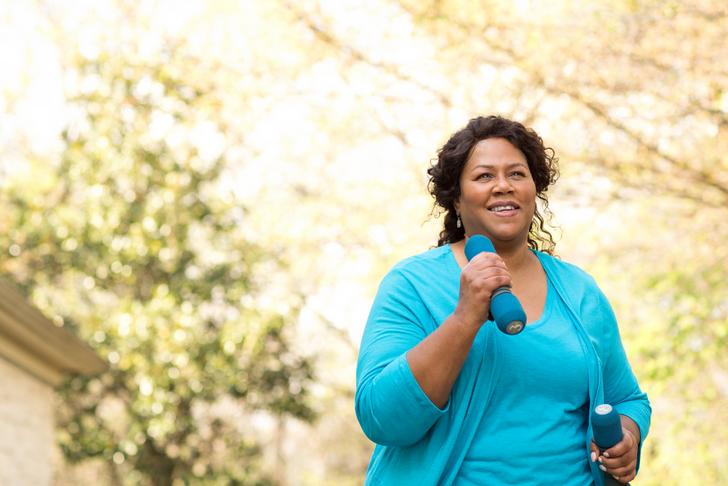Digital Detox: Strategies for Balancing Screen Time
First, address the elephant in the room: What’s the big deal about screen time? Studies have shown that excessive screen time can lead to increased stress and sleep disorders and even contribute to the development of obesity[[1]]. That’s not to mention its impact on our relationships and mental health. So, it’s worth exploring how to reclaim control of our digital lives.
Set Clear Boundaries
One of the most effective ways to balance screen time is to set clear boundaries. Designate specific times of the day for checking email, social media, and other digital activities. Establish “no-screen zones” in your home, such as the bedroom or dining room, to encourage more face-to-face interaction and better sleep hygiene[[2]]. Consider implementing a nightly digital curfew, where all devices are turned off and charged in a central location outside the bedrooms.
Another helpful boundary is setting a daily screen time limit. Be realistic with your expectations, and start with a modest reduction if necessary. Consider using an app or your device’s built-in features to track your usage and set personalized limits. You might be surprised at how quickly those minutes add up!
When devising your digital boundaries, involving the whole family in the decision-making process can be helpful. This ensures everyone is on board with the changes and allows each member to contribute ideas for creating a healthy digital environment.
Advertisement
Prioritize Real-Life Connections
Our devices often create the illusion of connection, but nothing beats spending quality time with friends and family in person. Prioritize face-to-face interactions by planning activities that don’t involve screens, such as going for a walk, playing a board game, or cooking dinner together. Establish regular tech-free days or weekends for the entire family to engage in non-digital activities.
The more you invest in real-life connections, the less you’ll feel the need to fill your time with screens. In addition, fostering these relationships strengthens emotional bonds and helps build a sense of belonging and community.
Advertisement
Get Active
Physical activity is a great way to reduce screen time and offers numerous health benefits. Incorporate regular exercise into your daily routine, whether a morning jog, lunchtime walk, or evening yoga session. Aim to achieve at least 150 minutes of moderate-intensity aerobic activity or 75 minutes of vigorous-intensity aerobic activity each week, as advised by the Centers for Disease Control and Prevention[[2]].
You can even use technology to your advantage by listening to a podcast or audiobook while you work out. Alternatively, consider engaging in group activities or exercising with friends, which provides added social interaction and motivation.

Advertisement
Find Alternative Hobbies
Explore new hobbies and interests if you need help to fill the void left by reduced screen time. Rediscover the joy of reading a physical book, practicing a musical instrument, or learning a new craft. Broaden your horizons by attending local classes, workshops, or clubs to meet new people and develop new skills.
The more you engage in offline activities, the less you’ll be tempted to reach for your device. Indulging in creative pursuits and developing new aptitudes contribute to more remarkable accomplishment and self-worth.
Advertisement
Take a Social Media Break
Social media can be a significant contributor to excessive screen time. Its ubiquitous presence can create a cycle of comparison, anxiety, and FOMO (fear of missing out). Consider taking a break from your accounts for a week or even a month. Use this time to reflect on how social media affects your well-being and relationships.
After your break, reassess your usage and set boundaries to ensure a healthier balance. It could be unfollowing certain accounts, limiting the apps you use, or only checking social media during specific hours of the day.
Advertisement
Embrace the Power of “Do Not Disturb”
Our devices are designed to grab our attention, making it difficult to resist the constant barrage of notifications. Utilize the “Do Not Disturb” feature on your phone during designated screen-free times or when you focus on other tasks, such as work, studying, or enjoying quality time with loved ones. This simple habit will help reduce distractions and allow you to be more present in your daily life.
And remember the power of airplane mode! Turning off your device or disconnecting from the internet grants you a temporary respite from the digital world and encourages an increased focus on your immediate surroundings and experiences.
Advertisement
Be Patient and Persistent
Achieving a digital detox takes time and effort. Retaining your brain and forming new habits takes time, patience, and persistence. Keep in mind that progress, not perfection, is the goal. Don’t be discouraged if you are slipping back into old patterns—acknowledge the setback and refocus on your goals.
Celebrating small milestones and regularly reflecting on your progress’ll build momentum and reinforce your commitment to achieving a healthy digital balance. Remember, the more you practice maintaining these boundaries, the easier and more natural it will become.
Balancing screen time is essential for our mental and physical health, as well as our relationships. By implementing these strategies, you’ll be well on your way to a successful digital detox and a more connected, fulfilling life. Challenge yourself to create an environment less ruled by screens, and watch as your overall well-being, happiness, and focus flourish.

Advertisement





